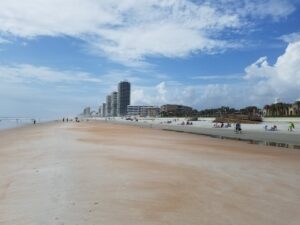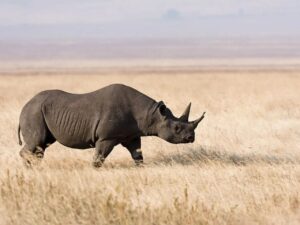[imagesource: Keigo Kawamura / UPY2020]
The world’s oceans remain one of the final, largely unexplored frontiers.
You sometimes have to go as deep as 200 to 300 metres to find unicorn shrimp, although during breeding season they will rise to a depth of 40 metres.
That’s the depth at which Keigo Kawamura snapped the above image, which landed him the Runner-Up prize in the Macro category of the 2020 Underwater Photographer of the Year contest.
That’s not bad, considering that more than 5 500 underwater pictures were entered across 13 categories, with entrants from more than 70 countries.
Top prize went to Greg Lecoeur for this image of crabeater seals in Antarctica, reports the Atlantic:

Here’s Greg’s account:
As they swing and rotate slowly through polar currents, icebergs fertilize the oceans by carrying nutrients from land that spark blooms of phytoplankton, fundamental to the carbon cycle. During an expedition in the Antarctic Peninsula with filmmaker Florian Fischer and free diver Guillaume Néry, we explored and documented the hidden face of this iceberg where crabeater seals have taken up residence among icebergs that drift at the whim of polar currents.
My personal favourite is this cracker below by Henley Spiers, which scored Runner-Up in the Black & White category:

A school of uniquely patterned spotted eagle rays passes beneath me on an unforgettable dive in the Maldives. Like most divers, I have always found these rays to be especially spellbinding, but also highly elusive! This school passed beneath me towards the end of our dive and it was one of those rare moments of huge admiration, as well as immense inspiration.
Shane Keena’s effort was Highly Commended in the Marine Conservation category:

Here, on Peleliu Island in Micronesia, a hermit crab has made use of a discarded metal can from Asia as a temporary, yet very unnatural home. Sadly, this is not the first encounter I have seen on these islands where these hermit crabs use discards for shelters and I have seen them using human discards ranging from plastic Keurig single-use coffee pods, to old metal bolts.
Great photo, but certainly sad to see these crabs using our rubbish in such a way.
This gem, taken by James Lynott, was awarded Runner-up in the British Waters Compact category:

I never know quite what I’m going to find that will fluoresce under the blue (near UV) light but on this dive in Loch Fyne I had one target in mind and that was fireworks anemones. There were dozens of anemones at this site, all with varying patterns on their tentacles, which also translate into different fluorescence patterns when viewed under blue light.
It’s like the northern lights, but underwater.
Zena Holloway’s image of Brazilian free-diver and conservationist Flavia Eberhard in Mexico’s Yucatan Peninsula landed Third Place in the Black & White category:

Let’s finish with Pasquale Vassallo’s photo, which was the Winner in the Behaviour category:

At the end of a session of free diving, I noticed a soccer ball, in the distance and on the surface. Intrigued, I approached it, and then I noticed that below it was an octopus that was being pulled along by the current. I do not know what it was doing under the ball, but I think it is training for the next football World Cup!
Alright then, Pasquale.
You can see more winners here, and if you think you are in the running for next year’s awards, find those details here.
[source:atlantic]





